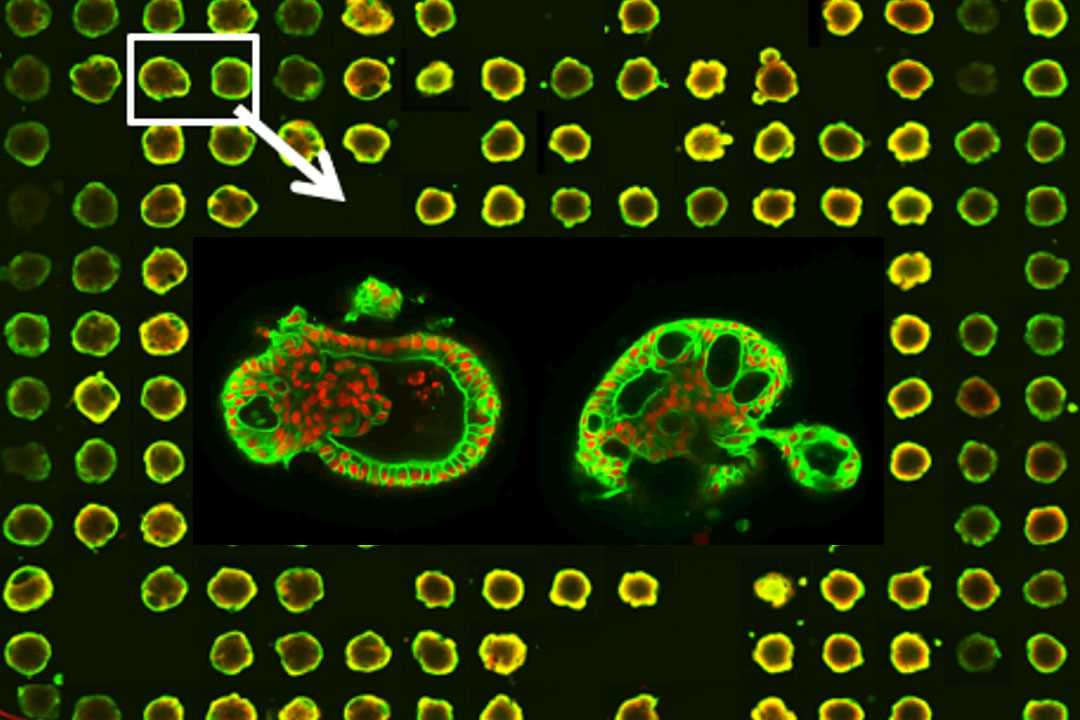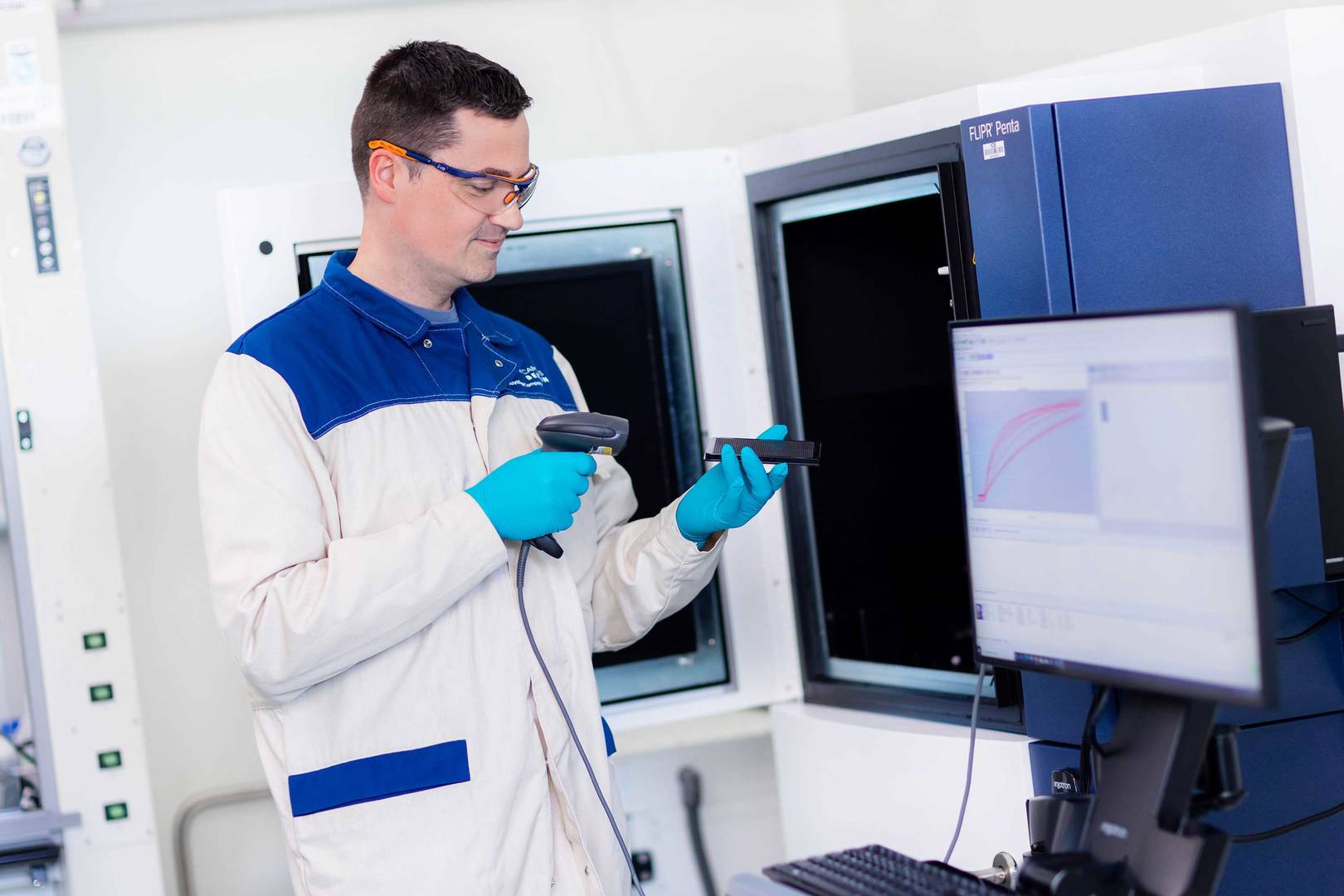Our scientists excel in designing high-throughput screening (HTS) campaigns that go beyond identifying potential hits to deliver lead-like compounds that meet your desired profile. For hits from cell-based HTS, understanding the mode of action is crucial. We offer follow-up assays to elucidate the nature of compound-target interactions and provide essential insights for informed decision-making.


Explore our portfolio of cell model generation capabilities.
learn more
This flyer summarises Nuvisan’s expertise in using human iPSCs as in vitro models to recapitulate complex human biology.
download
We develop a wide range of HTS-compatible cell-based assays, including classical end-point assays, kinetic readouts and high-content analyses.
learn more